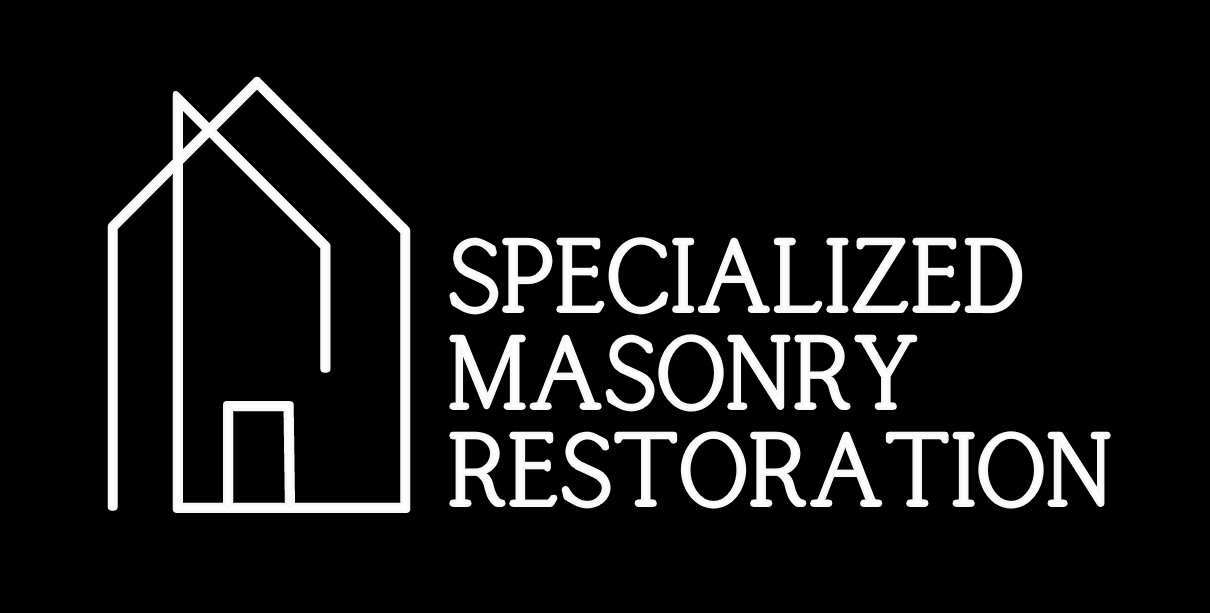Frequently Asked Questions
Q:Why should I repair cracks in my building?
A: The brick around the building is a weather shield. If cracked or damaged, it lets in rain and infestation. Also cracks let out the heat in the house in the winter and the cool AC air in the summer. The first thing you need to do is figure out what is causing the cracks. If left unrepaired, cracks can cause major damage to the building and affect the occupants.
Q: Can my existing mortar color be matched?
A: Yes, we match the mortar color with a specialized combination of dyes added to the new mortar, which is tested and dried to ensure color-match with existing mortar.
Q: How do I know my building needs re-pointing?
A: When you walk around your property and do a periodic inspection, and you notice cracks in your masonry or uneven areas of mortar erosion, then the building requires re-pointing. When you have had foundation problems, cracks are usually present. Brick is very brittle when the foundation moves. These cracks will appear at window and door openings.
Q: The brickwork above my garage door has dropped and is bowing. Can this be a masonry problem?
A: A lintel is a steel, horizontal support above door/window/garage openings. If installed too short, the weight of the brick or stone will force bowing, which can lead to collapse. Because it is mild, steel can rust severely, causing a structural defect and causing cracks around door/window/garage openings due to the expansion of rust.
Q: Do you replace cracked bricks?
A: Yes, we remove damaged and broken bricks with a specialized tool that causes minimal damage to existing areas. We install new bricks as close as commercially possible to match.
Q: My historic/modern wall is leaning outward. Is there anything I can do?
A: Yes, SMR are experts at installing specialized wall anchors that stabilize brick walls.
Q: Why does historic mortar erode faster than modern day mortar?
A: Buildings built in the 1800’s were built with lime mortar which erodes faster than modern day Portland mortar. Modern day pollution chemically affects the lime mortar. Acid rain breaks down the old mortar faster than the original builders could have foreseen with the conditions available to them.
Q: Masonry fell away from our apartment complex and landed in the parking lot. The city said it did not have enough wall ties to support the brick. Do you install new wall ties?
A: Yes, we do install stainless steel, remedial wall ties. There are a number of them on the market. Getting the right one for the job is paramount to safety.
Q: Can I change my brick color once it is in a wall?
A: Yes, we use a commercial, cosmetic coloring system that stains the new bricks to match the old bricks. Over the years, brick manufacturers have stopped making certain brick colors and designs, so we have adjusted by adapting modern day technology.
Q: My arch has cracks in it and is sagging. Could this be a problem?
A: Yes, cracks in arches can be very dangerous. The arch holds up masonry above entryways.
Q: An engineer said my weep-holes are blocked with old mortar. Can you repair this?
A: Yes, we install special vents to let air circulate in the cavity. This stops moisture from building up, which can cause mold within the property.
Masonry Terms
Brick:
A small rectangular block typically made of fired or sun-dried clay, used in buildings.
Lintel:
A horizontal support of timber, stone, concrete, or steel across the top of a door, window or garage.
Re-pointing:
Remove and replace damaged or old mortar
Wall Anchor:
Stabilizes a wall from moving away from building
Wall Tie:
The steel tie in a cavity wall is used to tie together the internal and external walls
